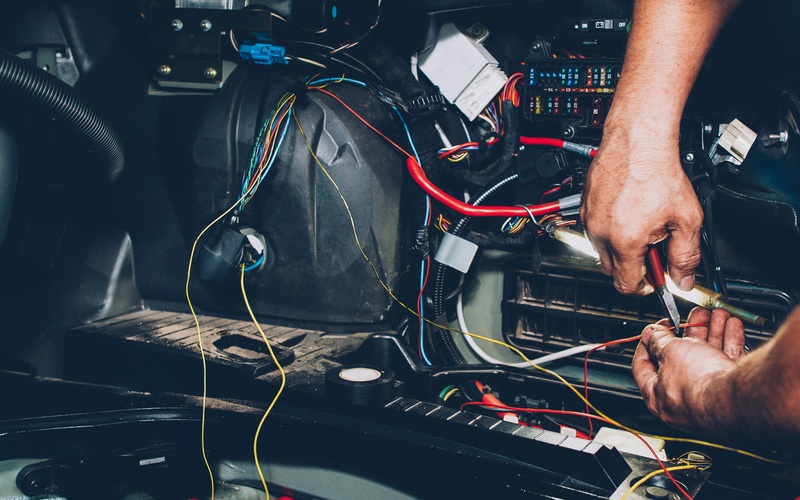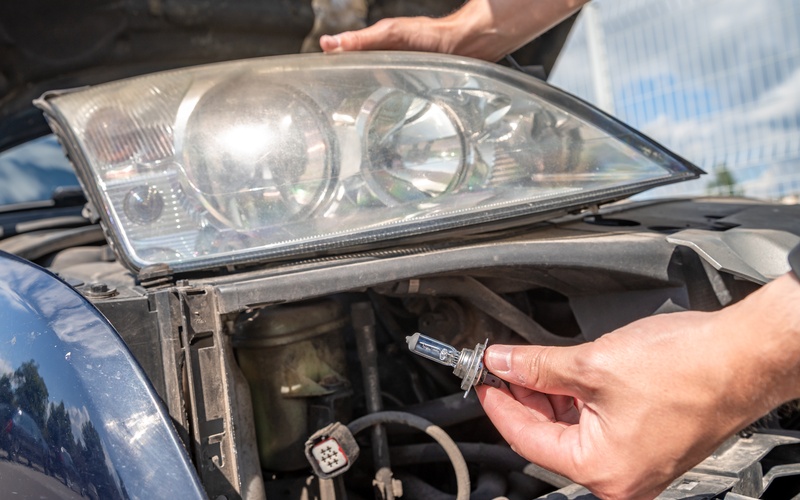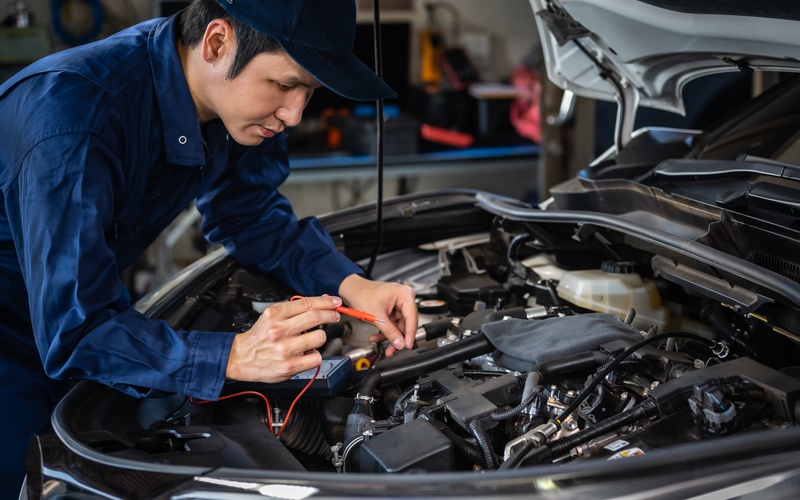DIY or Use a Qualified Mechanic for Car Electrical Problems?

Addressing car electrical problems is rarely convenient. The stakes are high and a wrong move can turn a minor frustration into a dangerous, expensive mistake. If you've wondered whether to DIY or use a qualified mechanic for car electrical problems, you’re already ahead of drivers who ignore the warning signs. This post will give you the insight you need to decide which repairs deserve your time in the garage and which ones require the specialized skills of a professional. By the end, you’ll know when it’s safe to grab the tools and when to make that service appointment.
Understanding the Complexity of Car Electrical Systems
Modern vehicle electrical systems are not the simple circuits they used to be. The vehicles on the road today feature intricate wiring harnesses, complex modules, and a maze of electronic controls managing everything from power windows to engine timing. Diagnosing and resolving a car’s electrical issue demands more than a basic understanding of how circuits work.
If you plan on tackling an issue yourself, you need a clear knowledge of how everything connects and interacts. For example, mistaking a compromised ground wire for a faulty relay can send you down a rabbit hole. Your system might include a 10-pin wire connector or even more complicated junctions that aren’t visible at first glance.
Knowing the difference between a basic fuse replacement and a deeper problem in a vehicle's electrical network is critical. A simple job might turn into a costly problem fast if handled incorrectly. Car manufacturers regularly release detailed technical bulletins for even straightforward repairs, and professional mechanics must stay on top of evolving technologies in hybrid powertrains, infotainment systems, and onboard diagnostics.
Common DIY-Appropriate Car Electrical Repairs
Many drivers want to save money by doing simple electrical car repairs. Fortunately, some common issues lend themselves well to the ambitious do-it-yourselfer. Burned-out bulbs, fuse swaps, or installing a new battery are manageable with basic tools and proper precautions.
You can quickly spot problems like a dead dome light. For straightforward cases, inspection with a voltmeter and a careful check of wiring diagrams can point you to the culprit. When a repair involves only a single, easy-to-access component that doesn’t tie into safety systems or networked modules, most people can successfully follow the guidance in their instruction manuals.
First, of course, always disconnect the battery before getting started on any electrical work. This step prevents short circuits or accidental deployment of safety systems. Rushing or skipping steps jeopardizes your safety and increases the risk of damaging sensitive electronics.
Limits of DIY and Risks To Avoid
Now for the nonnegotiables. If the repair requires disassembling the dashboard, reaching into the fuse and relay panel, or working around critical systems like the ECU or airbags, stop immediately.
Vehicle electronics in newer models are highly integrated. Airbags, anti-lock brakes, traction control, and electronic throttle controls all connect through complex wiring and computer-controlled modules. Making a wrong connection or causing an accidental short could lead to safety features failing at critical moments.
Diagnosing intermittent issues, hunting down parasitic drain, or repairing harnesses hidden behind trim require in-depth experience. One crossed wire or cut circuit can trigger persistent warning lights, battery drain, or disable important functions. Manufacturers sometimes use security features that lock down after incorrect tampering, which can leave your car inoperable and cost you much more than a professional diagnostic fee.
Attempting to save a few dollars by skipping the mechanic can result in thousands spent to replace fried modules or repair networks thrown out of sync by improper work.
Signs You Need a Qualified Mechanic
Confusion is a warning sign. If, after initial checks, you’re unsure what’s happening, there’s no shame in calling an expert. Modern mechanics are trained to read wiring schematics, use specialized diagnostic computers, and perform safe repairs on sensitive components.
When you encounter strange error codes on your diagnostic tool, issues that persist after replacing obvious suspects, or warning lights involving airbag or brake systems, get professional help. Unusual battery drain, electrical burning smells, or unexplained system failures deserve prompt, thorough inspection by someone with the right certification.
It’s never just about getting the car working; it’s about ensuring critical safety systems can do their job. Trusting a professional is best when you’re not completely certain about the problem or the solution.
What To Expect From a Professional Diagnosis
Leaving your car with a qualified mechanic earns you more than a hunch and a guess. Professionals start with the vehicle’s service manual and utilize factory-level diagnostic tools to read, interpret, and test electronic systems. They begin with visual inspections, then move to computer-aided diagnostics. They can check historical fault codes and monitor system responses in real time.
Once isolated, the mechanic repairs or replaces components following exact manufacturer guidelines, which include steps you won’t find on generic online tutorials. If the shop specializes in your vehicle brand, they will always use approved replacement parts and test all affected functions before returning your car.
Professional mechanics also stay updated on recalls, technical bulletins, and emerging trends in car technology, which means you benefit from expertise that adapts with the industry.
Weighing Time, Cost, and Safety
Urgency matters. Many electrical faults worsen over time, and problems like unresponsive starting or flickering warning lights require quick decisions. You want the most efficient route to getting your car back on the road safely, not the cheapest or fastest fix at any cost.
DIY repair may save money in the short term, but only when the repair matches your ability. When you risk damaging a $2,000 module or triggering expensive safety protocols, those savings disappear fast. Professional labor costs can seem high, but these charges cover the mechanic’s investment in training, equipment, and the time spent ensuring a lasting fix.
The right choice for you depends on the problem, your experience, and how much you value your time and peace of mind. If you’re considering a DIY fix, research thoroughly and be brutally honest with your skill level. If the problem looks complicated, unpredictable, or dangerous, set your pride aside and schedule an appointment.
The Verdict
The line between what you can do yourself and what needs a professional grows clearer with knowledge. If you’re asking, “Should I DIY or use a qualified mechanic for car electrical problems?” consider if you truly know your limits, can recognize the risks, and have the skill to focus on long-term safety and reliability.
Basic jobs like replacing bulbs or fuses can be handled confidently by informed drivers, but anything involving complex connections, embedded safety systems, or persistent mystery faults demands the expertise of a certified mechanic. When in doubt, remember that the cost of fixing an amateur mistake always surpasses the cost of the original repair.



You must login to post comments.